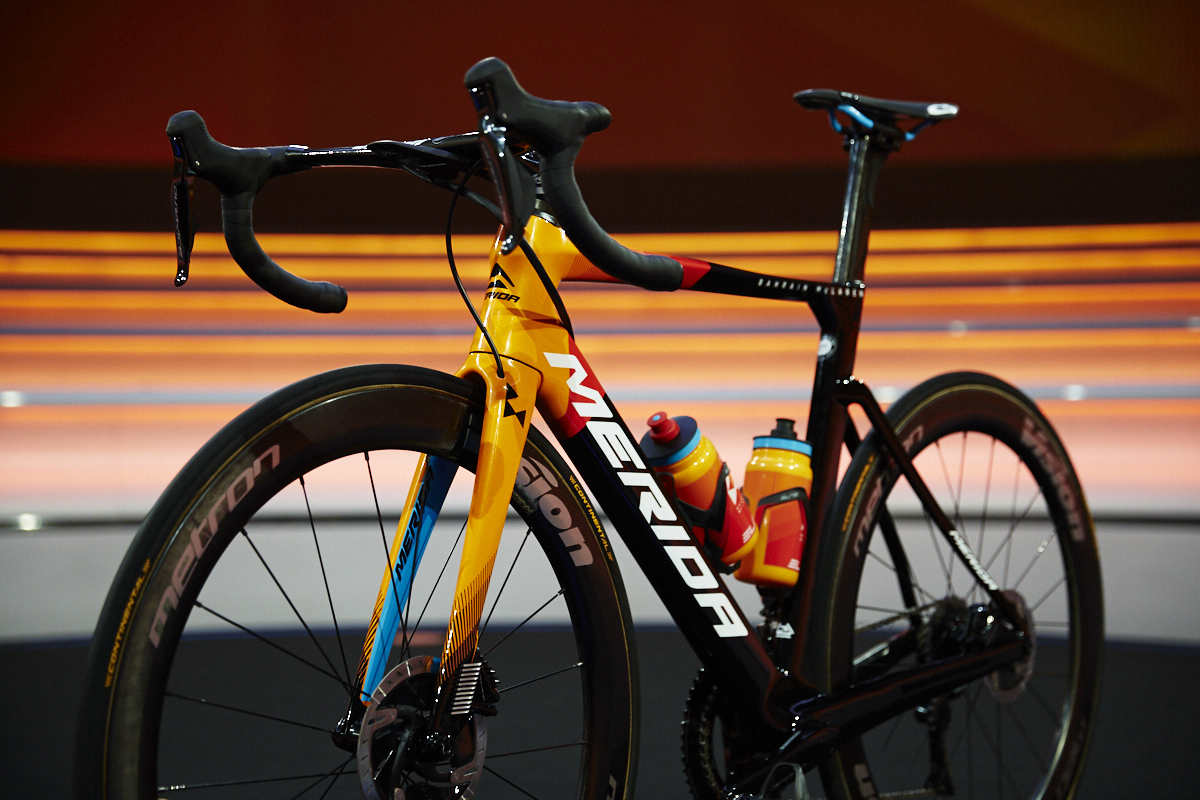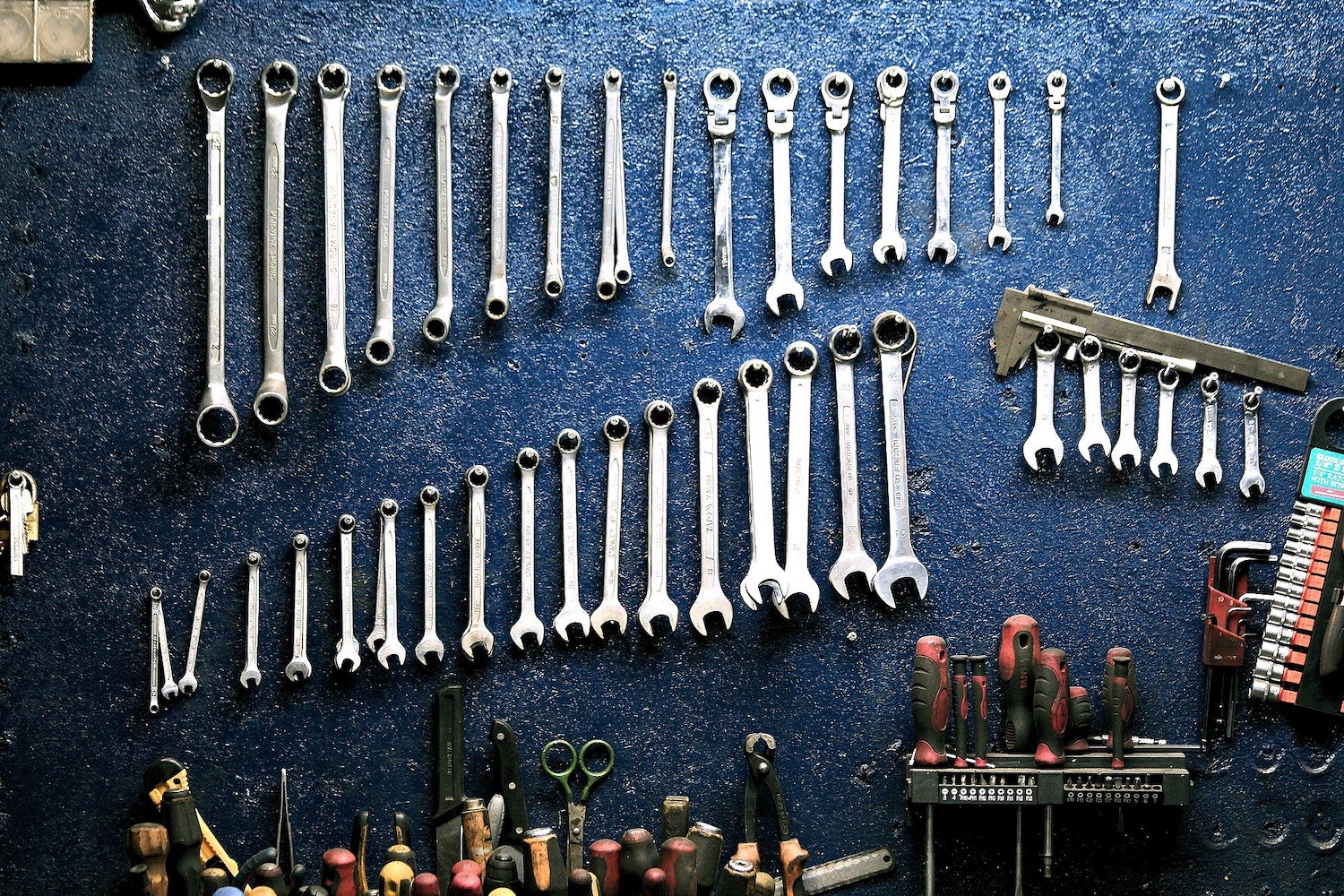Formula 1 racing is the pinnacle of motorsport, with teams and drivers constantly striving to push the boundaries of technology and performance. The intricate engineering behind the cars is a key component in the sport’s excitement and competitiveness. Let’s take a deep dive into the technology that makes Formula 1 cars some of the most advanced racing machines in the world.
One of the most important features of a Formula 1 car is its aerodynamics. The cars are designed to maximize downforce, which keeps the car glued to the track and allows for higher cornering speeds. Aerodynamic components such as front and rear wings, diffusers, and bargeboards are meticulously designed to manipulate airflow around the car in the most efficient way possible. Teams spend countless hours in wind tunnels and using Computational Fluid Dynamics (CFD) simulations to refine their aerodynamic package, looking for every possible advantage on track.
Another crucial aspect of Formula 1 car technology is the powertrain. These cars are powered by highly sophisticated hybrid power units, which combine a turbocharged V6 engine with electrical energy recovery systems. The kinetic energy recovery system (KERS) and the motor generator unit-heat (MGU-H) harvest energy under braking and from the exhaust gases, which is then stored in batteries and used to boost acceleration. The intricate balance between the combustion engine and the electrical components requires precise calibration to deliver maximum power and efficiency.
In addition to aerodynamics and powertrain technology, Formula 1 cars also feature advanced suspension systems and electronic controls. The suspensions are designed to provide optimal grip and stability through corners, while electronic systems such as traction control, anti-lock brakes, and energy management help drivers extract the most performance from the car. Data acquisition systems on board continuously monitor hundreds of parameters, allowing engineers to analyze the car’s performance in real time and make adjustments to maximize speed and reliability.
Safety is also a paramount concern in Formula 1, and the cars are equipped with a multitude of safety features to protect drivers in the event of a crash. Carbon fiber monocoques, six-point harnesses, HANS devices, and cockpit protection systems such as the halo are all designed to minimize the risk of injury in high-speed impacts.
Overall, the technology that goes into a Formula 1 car is truly cutting-edge and represents the pinnacle of automotive engineering. The constant innovation and development in areas such as aerodynamics, powertrain, suspension, and safety ensure that Formula 1 remains at the forefront of motorsport technology. As teams and manufacturers continue to push the boundaries of what is possible, fans can expect to see even more exciting and competitive racing in the years to come.



